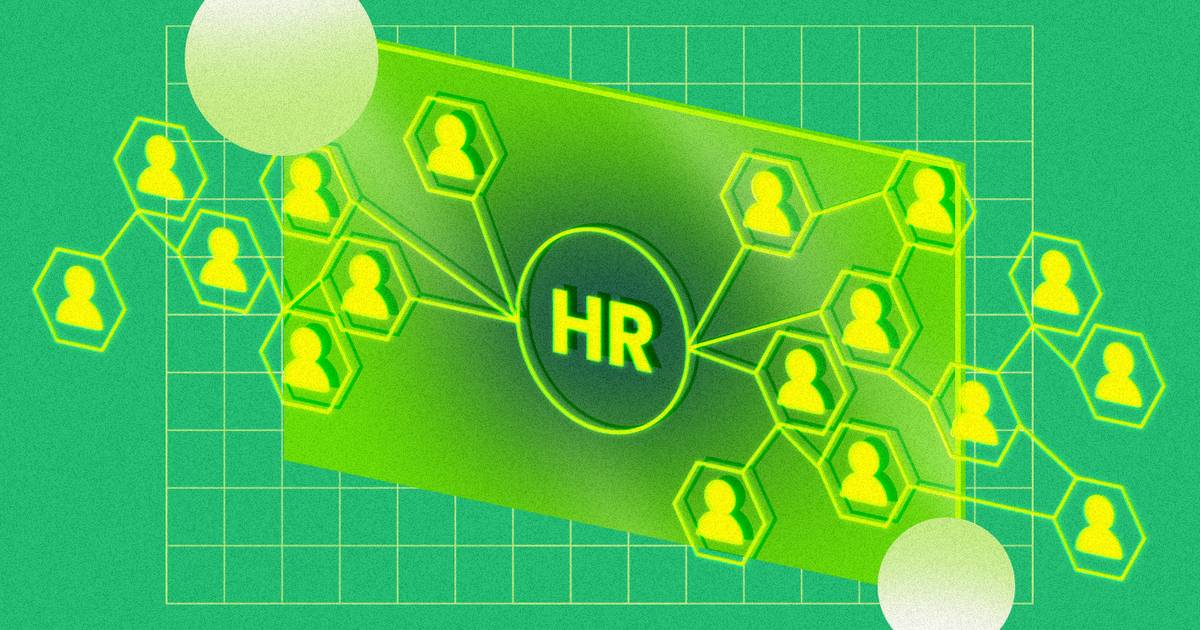Quick-to-read HR news & insights
From recruiting and retention to company culture and the latest in HR tech, HR Brew delivers up-to-date industry news and tips to help HR pros stay nimble in today’s fast-changing business environment.
Salary.com announced last week the launch of a new tool for HR and talent acquisition professionals to help surmise the best compensation for new hires.
The AI-powered tool, SalaryIQ, relies on real-time job postings, among other public sources, to populate its database of job market info. The new offering builds on the platform’s existing job-matching and taxonomy, so HR professionals and comp teams can make the right offer the next time they move to hire a new employee.
“Traditional comp data is really all surveys, has been for many, many years,” said Ken Allen, Salary.com’s director of product marketing. “We’re starting to see, through technology, the ability to aggregate those surveys and to combine them.”
Allen said that while relying on survey data to populate market data on comp is foundational, with this new tool, HR professionals will have a more up-to-date and fuller picture on the comp landscape for different roles and locations, since it’s also bringing in data from job boards, employment websites, and other public sources.
“Sometimes surveys don’t always cover everywhere at every locale, as well as different roles that may not traditionally be covered by survey houses,” he said. “For some of the specific roles, this brings a great additional data point from which people can make decisions.”
SalaryIQ aligns the findings with Salary.com’s existing data architecture. The tool analyzes the top skills associated with roles as well, providing another key piece of data to make the right offer.
Zoom out. A persistent tight labor market adds pressure on recruiters and talent acquisition professionals to source the right candidates for open roles, offering the right comp to potential new hires could impact whether or not roles get filled.
What the finance team has budgeted for a role may not be up to date. Allen sees this tool as a resource to help everything involved in the process up to speed on the latest data.
“There’s often a divide between the compensation teams and the talent recruiting teams…where comp says, ‘This is how much you can pay for somebody to bring on board,’ [and] the talent team says, ‘No way,’” Allen said. “There’s a huge divide, so I see this as a way to bridge that divide, as a way to bring both teams to the table.”
And as more and more companies opt in on pay transparency and benchmarking their comp, making the right offer impacts recruitment and retention in addition to the bottom line.
“If you don’t have that number right, you’re not going to get the talent. You’re not going to get people in the door if you’re way out of the ballpark,” Allen said.





